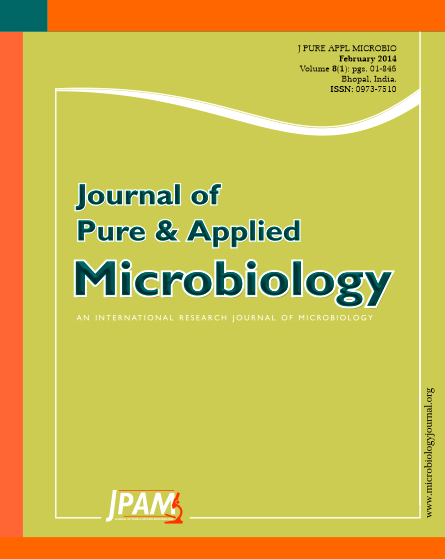lead is a potential pollutant that readily accumulates in soils and sediments. Although lead is not an essential element for plants, it gets easily absorbed and accumulated in different plant parts. Oxidative stress indices such as thiobarbituric acid reactive species (TBARS), as well as, superoxide anion radical production rate were strongly and rapidly induced under higher lead concentrations (400 and 600 ppm), whereas induction was delayed under lower concentrations (100 and 200 ppm). A great variation in isoforms of different antioxidant enzymes, e.g. superoxide dismutase (SOD; EC1.15.1.1), catalase (CAT; EC1.11.1.6.) and ascorbate peroxidase (APx; EC1.11.1.11) were detected in response to lead treatments. Lead toxicity increased lipid peroxidation and reactive oxygen species (ROS) generation especially at higher concentrations, but the increase was significantly lower at lower concentrations. The results obtained indicate that the pattern of antioxidant isozymes are affected upon exposure of L. sativum seedlings to lead and the variation are concentration dependent. Within such response patterns, gene expression is a valuable stress marker in ecophysiological studies.
Pollution, Garden cress, Molecular performance, Antioxidant, Oxidative stress
© The Author(s) 2014. Open Access. This article is distributed under the terms of the Creative Commons Attribution 4.0 International License which permits unrestricted use, sharing, distribution, and reproduction in any medium, provided you give appropriate credit to the original author(s) and the source, provide a link to the Creative Commons license, and indicate if changes were made.


